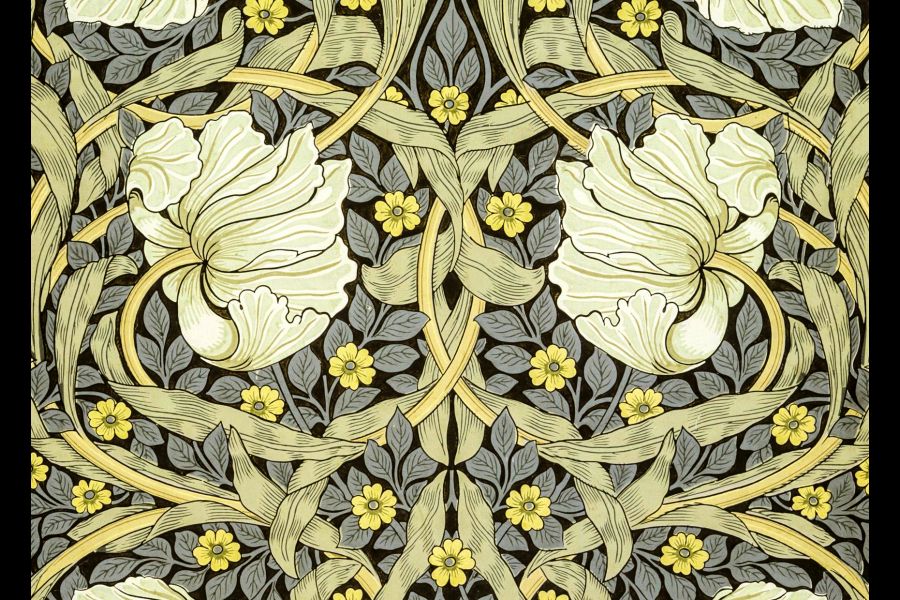Love it or hate it, wallpaper has been the principal alternative to paint since its introduction in the 16th century.
The earliest wallpaper involved scenes and motifs copied from tapestries, embroidery and other textiles and were printed with black ink on small 40 by 50 cm paper sheets. Given its size and monochrome presentation, it isn’t a surprise that wallpaper was used in small rooms and cupboards. In fact, it took about 100 years for the small sheets to be joined into a roll and the development of block printing before wallpaper made it into the grand rooms of a home.
Block printing was laborious, time-consuming and required significant expertise. A pattern was broken down by colour, the parts of the pattern corresponding to each colour engraved into separate wooden blocks, then a block was “inked” with paint and a series of impressions made down the length of the paper roll. After allowing the paint to dry, the process was repeated for each colour used in the pattern. A single roll might take four weeks to finish.
By the mid 18th century, technical improvements in block printing allowed the wallpaper industry to flourish. Patterns involving multiple colours in depictions that ranged from florals to architectural to landscapes were being sold to well-heeled by people like Thomas Chippendale.
At the same time, flock wallpapers, made by adhering powdered wool on paper in a pattern to imitate cut velvets and silk damasks, were all the rage. In fact, it was reported that in the 1760s “hardly a country house in England did not have a room so decorated.”
In 1839, the first wallpaper printing machine was patented. Adapting the methods used to print calico, the pattern colours could be applied in a single process at a speed and economy that put the cost of wallpaper within the reach of even the most modest householder. Despite patterns lacking the complexity and vibrancy of block printing, machine-printed wallpaper was hung in virtually every home.
Both design and quality of wallpaper reached an apex during the last half of the 1800s. William Morris’ Pimpernel, W. Dennington’s Peacock and Walter Crane’s Wood Notes, to name but three, are stellar examples and representative of societal taste at the time.
While cheap, mass-produced wallpapers of the later 20th century turned off many folks, today there are many excellent options, including having one printed … it’s not as expensive as you might think.








